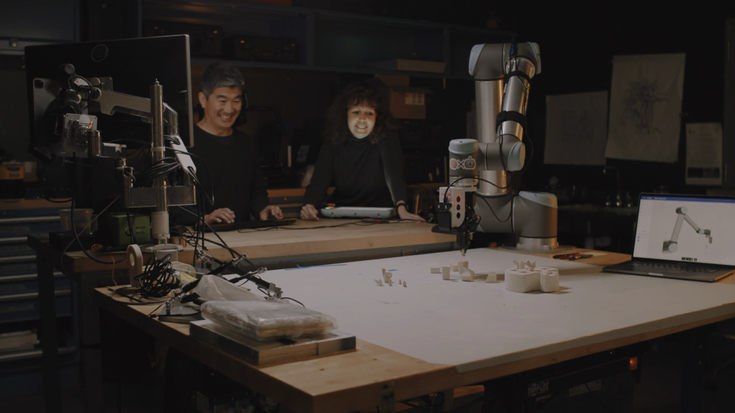In Western Australia, Coral Maker has partnered up with Autodesk to develop a system that uses collaborative robots (cobots) from Universal Robots to help revitalize the coral reefs of Australia.
The company’s founder Dr. Taryn Foster, dreams of scaling the operation to have a world-wide impact and bring color and life back to the sea.



